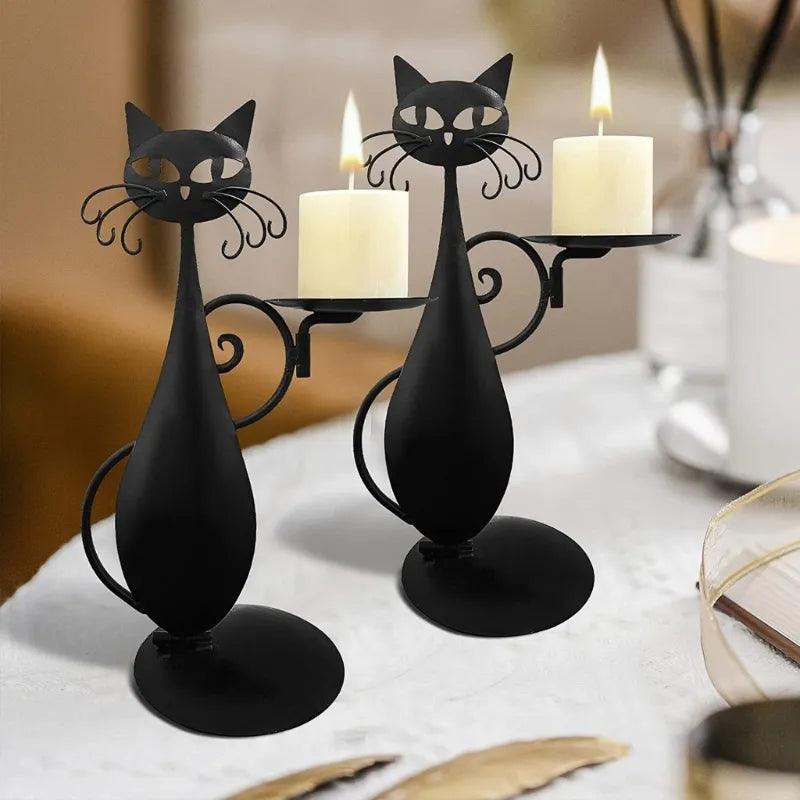If you have a cat you undoubtedly witnessed your feline friend rhythmically pressing their paws against a blanket or your lap. This adorable behavior, often referred to as "kneading" or "making biscuits," is a common feline mystery. But what is the reason behind this kneading frenzy?
The truth is, there's no single definitive answer. Experts believe there could be a combination of factors at play, rooted in both instinct and feline emotions.
A Throwback to Kittenhood
One theory suggests kneading is a leftover behavior from kittenhood. Kittens knead their mother's stomach to stimulate milk flow while nursing. This comforting action might bring back happy memories for your cat, associating kneading with feelings of security and contentment.
Marking Their Territory
Cats have scent glands in their paws. Kneading could be a way for them to deposit their unique scent on a chosen surface, marking it as their own. This is especially true if they're kneading on your lap – it's their way of claiming you as their beloved human!
Contentment and Relaxation
Many cats knead when they're feeling happy and relaxed. The rhythmic kneading motion, coupled with the purring that often accompanies it, might be a feline way of expressing contentment and security. Also, Kneading soft surfaces might simply be a pleasurable and relaxing activity for cats. The rhythmic kneading motion might even release endorphins, further enhancing their sense of contentment.
Creating a Cozy Nest
In the wild, cats knead tall grass or leaves to create a comfortable and secure sleeping spot. This instinct might translate to kneading soft surfaces like blankets or your lap before curling up for a nap
A Sign of Affection
Many cat owners report their feline companions kneading specifically on their laps while purring. This can be interpreted as a sign of trust and contentment, a way for your cat to show they feel safe and loved in your presence.
Calming Anxiety
While kneading is usually associated with positive emotions, excessive kneading could sometimes indicate anxiety or stress in your cat. If you notice a change in their kneading behavior, accompanied by other signs of anxiety, consult your veterinarian to rule out any underlying medical issues.
A Tip for Sharing Your Lap with a Kneader
If your cat's kneading becomes a little too enthusiastic for your comfort, provide an alternative kneading surface, like a soft blanket or a scratching post or gently redirect your cat's paws to a more appropriate spot.
So, what does it all mean?
The next time your cat starts their kneading routine, take it as a sign of affection (they're claiming you!), contentment, or simply a way to unwind. However, if the kneading becomes excessive or seems to be causing them distress, a visit to the vet might be necessary. Regardless of the reason, enjoy this adorable display of your cat's unique personality!
Carzy about cats? Explore amazing cat-inspired merch. 30% of proceeds go towards helping homeless cats











